Last Updated on July 26, 2024
There have been many films based on the works of author Stephen King, and King has even written the screenplays for some of them – but he has only ever directed one of the films, the 1986 box office disappointment Maximum Overdrive (watch it HERE). When you hear that King, one of the greatest horror writers of all time, directed an adaptation of one of his own stories, you might guess that the result would be a very scary movie, a chiller that gets under your skin just like the most unsettling moments from his books. But that’s not what Maximum Overdrive is. What King actually made is one of the silliest movies based on one of his stories, a film that is more likely to make you laugh at its ridiculous characters and dialogue than it is to scare you. King himself directed one of the least popular Stephen King movies, so in this video we’re going to try to figure out What the F*ck Happened to This Horror Movie.
The saga of Maximum Overdrive begins in the 1970s, when Stephen King wrote a short story called Trucks, about semi trucks and other large vehicles taking on a mind of their own for reasons that aren’t explained, setting out to run down any humans that get in their way. This story was first published in the pages of the magazine Cavalier, and was later included in King’s short story collection Night Shift, which also features many other stories that have received adaptations over the years, like Children of the Corn, Graveyard Shift, and Sometimes They Come Back, among others. Producer Milton Subotsky, co-founder of the British production company Amicus, picked up the rights to bring three Night Shift stories to the screen: Trucks, The Mangler, and The Lawnmower Man. Subotsky wanted to make another King anthology like Cat’s Eye, which he had co-produced and consisted of adaptations of two Night Shift stories, along with a third story King wrote for the film. Since Trucks, The Mangler, and The Lawnmower Man were about killer trucks, a possessed laundry press, and death by lawnmower, respectively, Subotsky’s idea was to combine them into an anthology called The Machines. Edward and Valerie Abraham, who had previously written the anthology film The Monster Club for Subotsky, were hired to write the screenplay – but the producer was dealing with financial and legal issues, so he ended up scrapping The Machines and passing the rights to the King stories over to legendary De Laurentiis Entertainment Group producer Dino De Laurentiis, who also produced Cat’s Eye.
Since King had written the screenplay for Cat’s Eye, De Laurentiis figured he should do the same for an adaptation of Trucks – but King turned down the offer and suggested a different writer for the job. The treatment this other writer turned in didn’t go over well, so De Laurentiis went back to King… and while the author was reluctant to take the job, he would later admit that an idea for how to approach the material had occurred to him when De Laurentiis had first asked him to write the script, and it was becoming more interesting to him as time went by. The idea was to expand the threat; to start with Earth passing through the tail of a comet, and something about this comet causes all machinery on the planet to go crazy, not just trucks and large vehicles. King said he had a very clear image of technology having totally overrun our ability to control it, so he finally agreed to write the script for De Laurentiis; and it turned out that his vision of this story was so clear that he specified more than a thousand camera shots within his screenplay. Writers including camera direction in their script is generally frowned upon, but in this case it inspired De Laurenttis to ask King to direct the movie as well. King told Fangoria magazine that this was another task he was reluctant to take on, but he eventually agreed to make his directorial debut on Maximum Overdrive, under the condition that De Laurentiis would replace him if he felt he wasn’t doing a good job.
Of course, De Laurentiis wasn’t likely to remove King from the project regardless of what he felt about the footage the director was getting, because the producer and director were both fully aware that having a Stephen King movie directed by the author himself was a great marketing hook. So in an attempt to make sure there wouldn’t be any issues, De Laurentiis brought on veteran cinematographer Armando Nannuzzi, who had been working on sets for forty years and had around a hundred credits to his name, the idea being that Nannuzzi’s filmmaking knowledge would make up for King’s lack of experience.
The biggest example of De Laurentiis not going along with King’s vision came during the casting process: when writing the script, King was imagining that the lead character would be played by Bruce Springsteen in his first acting role. De Laurentiis wasn’t interested in making Springsteen a movie star, he wanted someone who was already established. So the role went to Emilio Estevez, the son of Martin Sheen, who had previously been in the De Laurentiis-produced King adaptations The Dead Zone and Firestarter. At the time, Estevez was coming straight off of working on The Breakfast Club, St. Elmo’s Fire, and That Was Then… This Is Now back-to-back, and he was wanting to do something that was more action-oriented, less talky. Something that would allow him to play a Clint Eastwood-type character, as he put it. He was also a fan of King’s, so he was glad to take on the role of Maximum Overdrive hero Bill Robinson, a paroled convict who’s working as a cook at a truck stop called the Dixie Boy when the world’s machinery goes mad. Decades later, Estevez would single out Maximum Overdrive as the film he most regrets making, calling it “a terrible movie”.
De Laurentiis also disagreed with the way King was presenting the female lead, Laura Harrington as a hitchhiker named Brett Graham, who ends up trapped in the Dixie Boy with Bill and a handful of other characters. When Brett is first introduced, she’s wearing jeans, a hat, and three layers of tops, including a jacket. The producer was appalled and made sure that the character underwent a wardrobe change as quickly as possible, putting her in a short skirt and removing a couple layers.
Some of the other characters who have a bad time at the Dixie Boy truck stop are played by the likes of Pat Hingle, Yeardley Smith, John Short, Ellen McElduff, Frankie Faison, Christopher Murney, Pat Miller, and Holter Graham, with Giancarlo Esposito showing up briefly to have a bad run-in with an arcade machine. There are several more people who aren’t given much to do other than hang out in the background while an army of trucks drives in circles around the truck stop, then get picked off one-by-one when the machines attack. King has openly admitted that he wasn’t concerned with exploring character in this film, saying he wrote some passable characterization in the script, but that he was more interested in keeping the story moving at a good pace. Perhaps that’s why he filled the movie with character actor types who make an impression just by being present. He did seem to have a lot of fun writing for Hingle’s character, the sort of unpleasant, antagonistic person who shows up in a lot of his stories. Hingle plays Dixie Boy owner Bubba Hendershot, who calls everyone around him by his own name and keeps an arsenal of weapons in the cellar.
Even the lead truck circling the Dixie Boy, the Happy Toyz truck, comes off as more of a character than some of the people inside the truck stop, and that’s largely because King had the idea to put the face of Spider-Man villain Green Goblin on the front of the vehicle.
King has said that he agreed to direct Maximum Overdrive because he was curious to find out if he could translate whatever was in his heart and brain – the stuff that’s between the lines in the books – onto film… but other quotes make it clear that this was never supposed to be something that should be taken seriously. He said he went into production with the idea that he was going to make what he called “a moron movie” and “a goof”, something that would simply be entertaining. This is clear in the tone of the movie, which always feels like it’s laughing at itself. It starts off with King making a cameo as a man who gets called an asshole by an ATM machine, and rarely ever gets any more serious than that moment. As soon as the movie was finished, King joked that he may have made the modern version of Plan 9 from Outer Space, which has been called one of the worst movies ever made.
The moron movie description can be used to brush away any logic questions that may arise as the story plays out. Why don’t the cars driven by characters turn against them while the trucks and electrical devices around them are going haywire? How can a gun fire itself simply because it’s mounted on a vehicle? How can a speaker in a fast food drive-thru talk on its own? It doesn’t matter, because the film’s own director called it a moron movie. Still, there does seem to be something odd about the movie, and Laura Harrington has said that the cast and crew already had that feeling when they were on set. She told the website Slash Film, “There was definitely a point where we all kind of knew what this movie was going to be, because the script was what it was. Everything just felt a bit off. None of us really felt like we got the story. I don’t think there was anybody that had the feeling that this was going to work.”
Interviews conducted when the movie was about to be released make it sound like the production went smoothly, despite King saying that he didn’t expect filmmaking to be so grueling and that he didn’t realize he knew so little about the mechanics and the politics of making a movie. The director told Fangoria that he brought the movie in ahead of schedule and under budget. But there were some bumps along the way, like when Hurricane Gloria blew through the production’s home base of Wilmington, North Carolina. That didn’t disrupt filming, since they were filming on stage during the storm – but filming was disrupted when a tragic accident occurred that caused cinematographer Armando Nannuzzi to lose one of his eyes.
Maximum Overdrive couldn’t have been a simple movie to make your directorial debut on, as it’s packed with stunts, explosions, and special effects. It’s not surprising to hear there was an accident, but it is somewhat surprising that the accident happened while filming something relatively simple; a shot of a lawnmower, which the FX team was operating by remote control, appearing to push itself toward a character. Crew members have said that Nannuzzi advised King to have the blade taken off of the lawnmower, since it can’t be seen in the shot, but he insisted that the blade remain for the sake of authenticity. So when communication issues between King and the FX team caused the lawnmower to get too close to the camera, the spinning blade of the machine hit a piece of wood that was wedged beneath the camera, sending splinters into Nannuzzi’s right eye. Nannuzzi was rushed to the hospital, but his eye couldn’t be saved. Production shut down while the cinematographer went through this ordeal – but two weeks after the accident, Nannuzzi returned to work wearing an eyepatch and finished the movie. He continued to work as a cinematographer for twelve more years.
Beyond disagreements over casting and how to dress the female lead, King and De Laurentiis also disagreed on how bloody a film should be. De Laurentiis wasn’t a fan of gore, but as far as King was concerned, the bloodier the better. The producer kept telling King there was too much blood in the movie, but King just kept it pouring. This caused some trouble with the ratings board at the end of the day, as they cited ten different moments that could earn the film an X rating. Some of that blood King wanted in the movie had to be trimmed out.
MGM was aiming to have Maximum Overdrive in theatres in March of 1986, just five months after filming wrapped. At King’s request, the studio shifted the release schedule and made the movie a summer release… but that strategy didn’t work out very well. Movie-goers had been expected to show up for a Stephen King movie directed by King himself, but apparently they weren’t interested in seeing the goofball movie this master of horror had actually made. Shot on a budget of around ten million dollars, the film made just over seven million at the box office.
To this day, Maximum Overdrive doesn’t have a great reputation, as it’s just too weird and dopey for a lot of viewers. But it has gained a strong cult following over the decades, as its wild tone, humorous moments, and the score composed by rock band AC/DC are very appealing to some – and now that we’re so far removed from its initial release, there’s also a level of nostalgia fueling appreciation for Stephen King’s one directorial effort.
Years after Maximum Overdrive came and went, King said the problem with the film was that he was coked out of his mind all through its production, and really didn’t know what he was doing as a director. Cast and crew have said they weren’t aware of King’s cocaine problem at the time, but they did notice a drinking problem when he would be on his tenth beer of the day by 8:30 in the morning.
Whether they’re a fan of the movie itself or not, many genre fans agree that the best thing to come out of Maximum Overdrive was the film’s trailer, which is scored by music from Halloween III: Season of the Witch and features King himself, speaking directly to the camera and promising the audience that he’s going to scare the hell out of them. Watching this trailer, it’s almost shocking to hear that the people who worked with King on the movie weren’t aware that he was using cocaine, as one look at his demeanor here will leave you thinking, “Cocaine is a hell of a drug.”
And King made one hell of a crazy movie while he was under its influence. But as the writer/director himself said, “Maximum Overdrive does have something that no other King adaptation has; it’s mine. Viewers are going to have an experience that is analogous to the experience they have after reading the books. It’s my picture, for better or worse.”
A few of the previous episodes of WTF Happened to This Horror Movie can be seen below. To see more, head over to our JoBlo Horror Originals YouTube channel – and subscribe while you’re there!






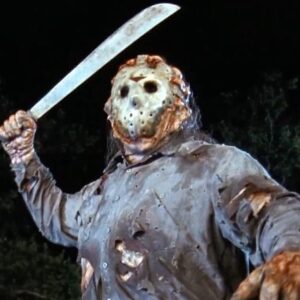



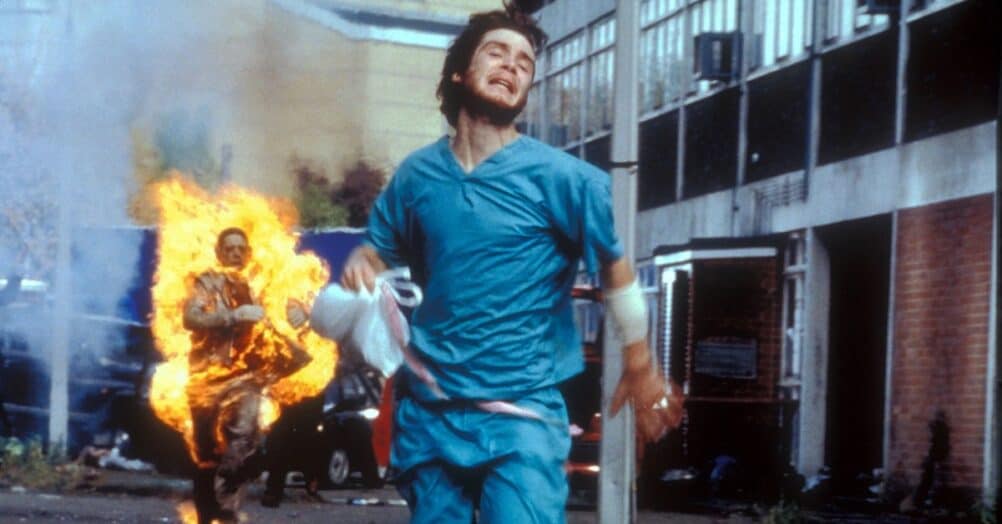





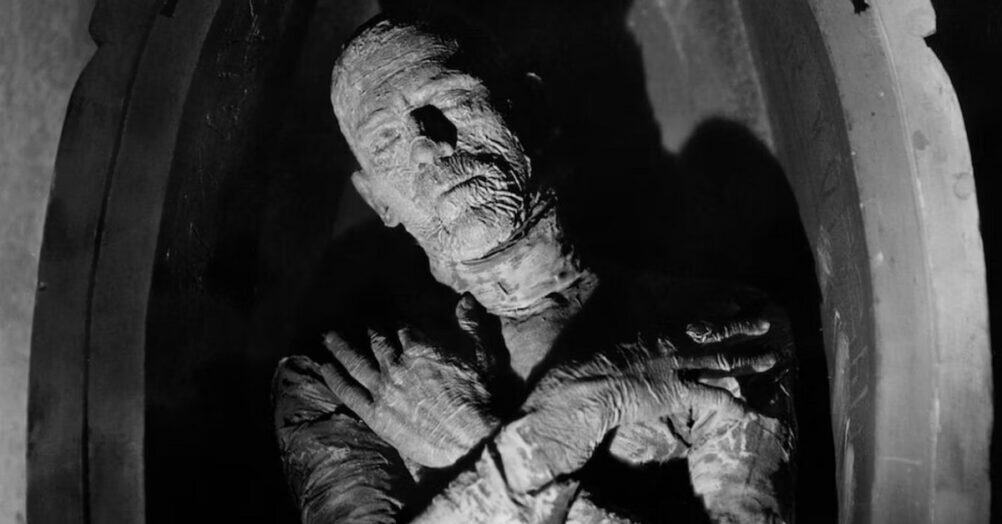
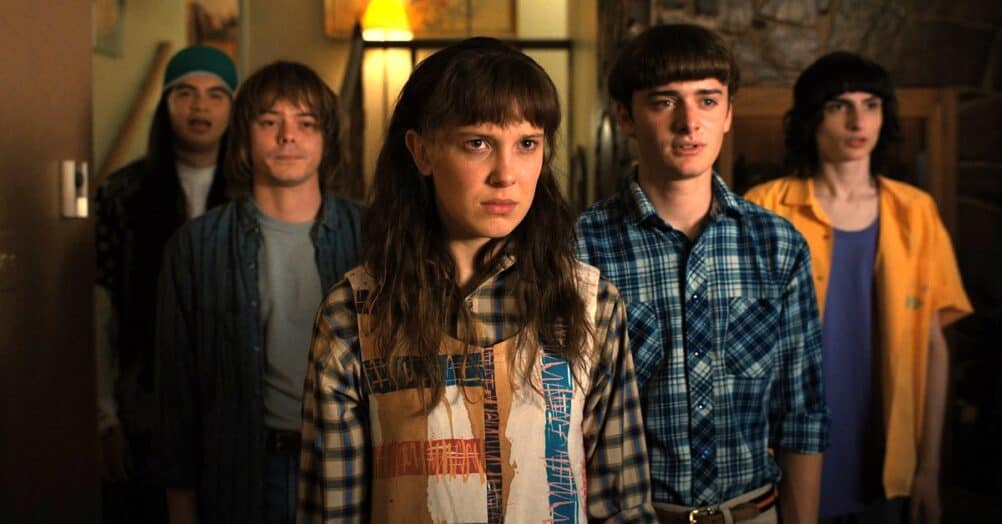

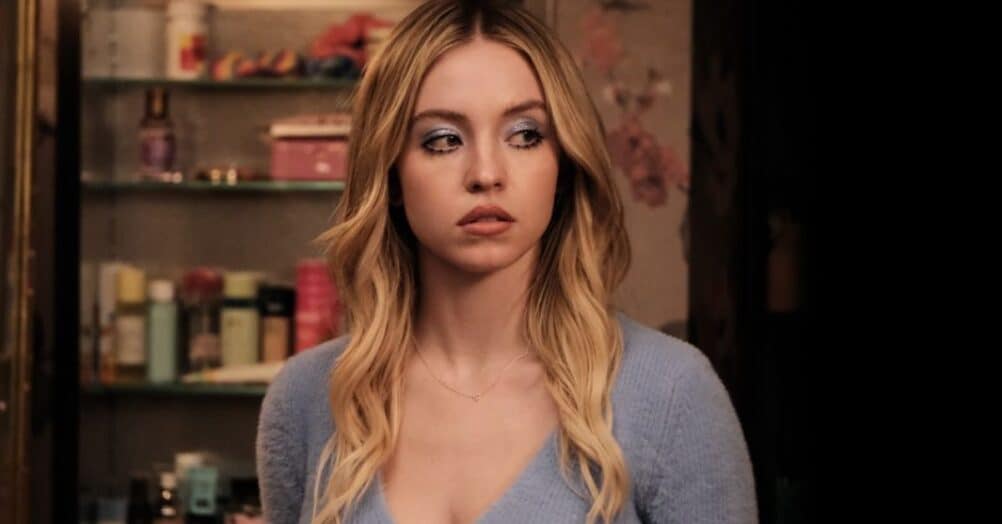
Follow the JOBLO MOVIE NETWORK
Follow us on YOUTUBE
Follow ARROW IN THE HEAD
Follow AITH on YOUTUBE